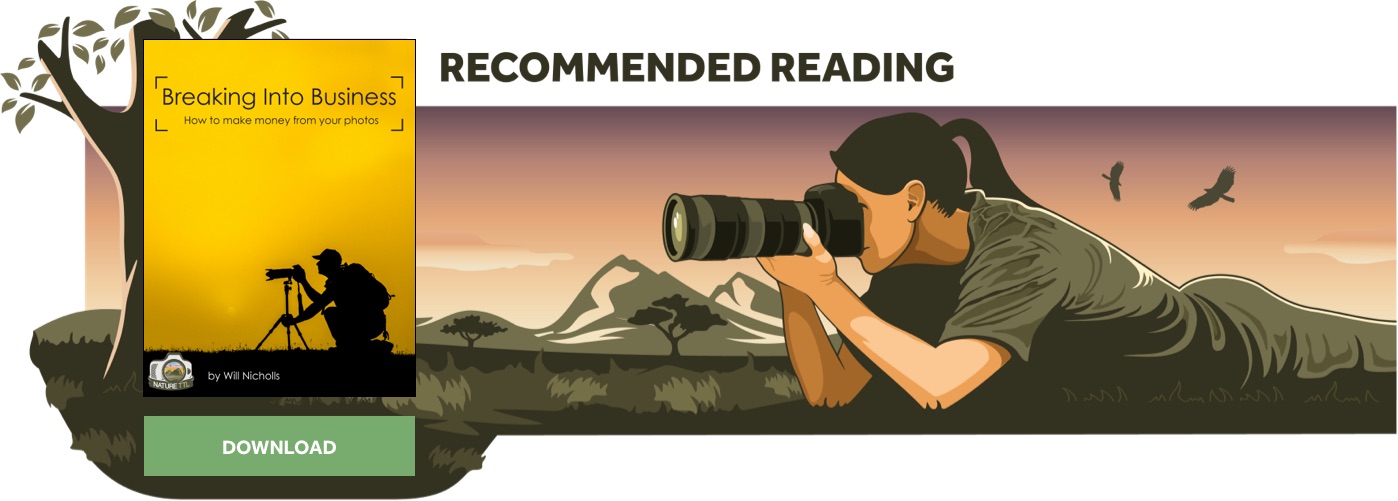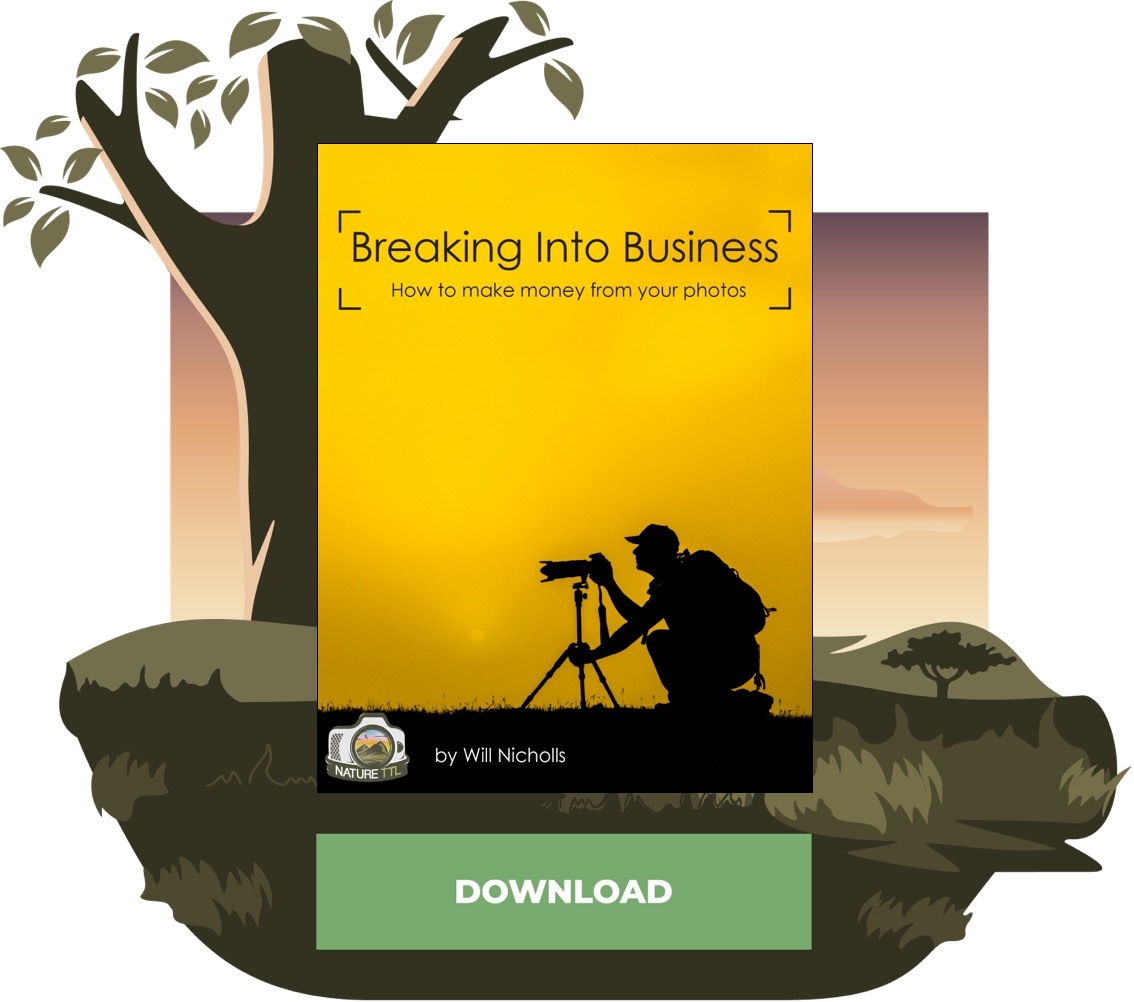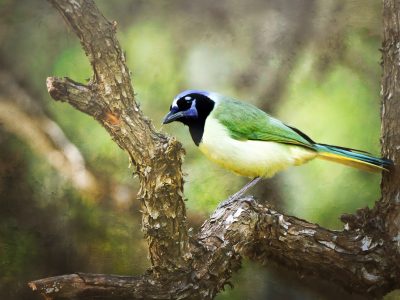Marina Cano: 25 Years Behind the Camera

With over 25 years experience as a photographer, Marina Cano is one of the world’s leading female wildlife photographers.
Focusing on African wildlife, her work depicts sensitive and intimate portrayals of wildlife, and her award-winning images have earned her global recognition and coverage by top publishers, with images printed on covers of National Geographic on several occasions.


We recently caught up with Marina to talk about her early years in photography, navigating the photography industry as a female photographer, finding motivation, and more.
In your early years, you practised photography from a young age and then went on to teach classical music. When did you feel that the time was right to make the switch to becoming a full-time wildlife photographer?
There was a real turning point that helped me make the decision that I was deliberating over for two years: the brand Canon named me European Canon Ambassador for wildlife. This, together with the thought that it is better to try and fail than to never know and always wonder, convinced me to make the switch.
So, I took the risk of giving up my secure job as a music teacher in a little village near home, and started to travel the world in the uncertain and volatile profession of a wildlife photographer.
I could not be happier now!
The fact that I started publishing my work in the early days of Facebook also helped; my account gained hundreds, then thousands, and finally hundreds of thousands of followers. It was so rewarding to see how my photographs could reach such big audiences and be seen by editors, curators, publishers, and more!
You capture world-class portraiture style images of wildlife that invoke strong emotions and tell a story. Do you have any photographs of the same animal that shows how your style developed over time? What has had the biggest influence on you when developing your unique style?
There are two big influences that have helped me to develop my style. The first is the place I started my wildlife photography journey: the largest wildlife park in Europe, just 20 minutes away from where I live in Spain.
They have large enclosures and their animals live in semi-wild conditions. However, I needed to avoid capturing man-made constructions in my images, so I started to photograph very close-up portraits and used black backgrounds.
This resulted in the creation of intimate portraits with no other elements to distract from the subjects’ bodies and faces.
The other influence is my personality: I’m a highly sensitive person, and very tuned into moods, emotions, and feelings.
In these close encounters I discovered the souls of the animals I photographed, and they are full of emotions. This is how I see the world, and how I photograph.
With regards to the development of my style over time, I decided to take a look at my photographs of lions through the years. I realised that, 20 years ago, I was already creating minimalistic portraits with strong sense of emotion.
This explains why my personality has such a big influence on my style: I always shoot what appeals to me instead of following what might be trendy, or what might please others.
So, the main development in my images is the improvement of quality, thanks to both my post-processing skills and the new cameras that have been released over the last 20 years.
What keeps you driven and motivated as a professional photographer?
There are several things that keep me motivated. My own pleasure that I gain from developing my work, and just being in the wild, is a gift in itself. I’ve always been a creative person, and photography is pure art. So, inside me there is enough passion to keep me motivated to work.
Also, the feedback I get from those that see my photographs pushes me to continue.
I have more than 700,000 followers that enjoy my work and and send me words of support, which is really rewarding. It’s very pleasant to hear that they love animals so much and see so much value in my photography efforts and results.
Last but not least, my success keeps me driven and motivated. There are few things more satisfying than making money from doing work you love, and it means I am able to invest back in the wild.
Being a professional means that you get income from your work, and this income gives you the power to keep going, and to give back to the wildlife that offered you so much.
Becoming the connection between the wildlife and the so-called civilised world, and providing it with a voice, is a true privilege.
What, in your opinion, is the key to capturing a great wildlife photograph?
I think there’s more to it than just one single thing; there are several factors involved.
You cannot get a great wildlife photograph without having a range of skills.
If you analyse any of the great images out there you will notice a list of features they all have in common: wonderful lighting, exciting action, impeccable technique, poignant mood, and creativity.
At the root of all of these skills there has to be passion that will drive us to push boundaries, to do everything we can to improve, and to try again and again until we get the image that conveys what we were hoping for.
Only on very few occasions will you get your perfect picture at the first attempt. If there is just one thing that especially attracts me to wildlife photography, it is the challenge of getting a brilliant picture, because you cannot (and should not) manipulate the light, the action, or the animal’s will.
Is there any species of animals that you dream to photograph, and why?
Yes, polar bears. I’ve never been to the Arctic, the territory of polar bears. I find them fascinating creatures, living in a kind of ice kingdom that is gorgeous but at the same time sadly melting. Their environment, and thus polar bears too, are in a critical danger.
It is the same with orangutans and pumas (cougars).
I know the power photography has to catch people’s attention and hearts, and to spread our message to the world.
Wildlife photographers have this capability to connect with thousands of people, and I think it’s our duty to use this towards conservation.
The photography industry is still very male dominated. Do you ever feel any pressures or barriers as a woman in wildlife photography?
Yes, the photography industry is very male dominated. I look forward to a future where there are the same opportunities for everyone, and talent is the only thing that matters. But at the moment the industry is still dominated by men, and there is a long way to go towards equality.
I’m talking about opportunities and examples to look up to in this profession.
Young women have very few references to show them that becoming a wildlife photographer is accessible. It can be challenging even for men to get into the profession, and for women it’s just a miracle!
I count the days until this profession is accessible for anyone that has enough talent and passion. I hope for a world that offers both men and women the same opportunities.
You deliver lectures and photography courses around the world, and are an ambassador for Canon. If there was one piece of advice you could give to aspiring female photographers, what would it be?
I feel very proud to have been named a Canon Ambassador, and giving lectures as a wildlife photographer all over the world gives me the opportunity to be an example, showing that it’s possible to follow your dreams and your passions.
My advice is to trust in yourself.
This is easy to say but difficult to put into practice, especially when things get difficult and discouragement spreads.
But I would’ve loved for someone to have told me that and cheered me up when I was a teenager starting out in photography. If you have love and passion for photography, then TRUST in yourself.
You also need to work.
Work hard to follow your photography dreams because when you love what you do, you don’t have to work a day in your life. At the same time, be aware that success doesn’t come easily. It’s a long race, and it requires patience and resilience.
Before I became a full-time photographer, I worked as a music teacher while working part-time in photography. My teaching didn’t allow me to travel as much as I needed to as a photographer. So, one day I had the thought that when I get old, I would rather have taken risks than wonder about what could have been.
So, I dared to follow my dreams.
We love your work and are always excited to see new images of yours – what can we expect to see next from you?
Thank you for your words, that’s very motivating! I’m trying to keep inspired and keep my creativity activated.
Pushing boundaries is not easy, but I’m always trying my best, and always looking ahead. I’m currently working on a big project in the USA – I cannot talk about it yet, but I’m very excited and all will be revealed next autumn.
In the meantime I will be taking photographs in Africa, leading safaris, giving lectures and workshops in Argentina and some places in Europe, and I will have the honour of being involved in some amazing international contests.
Photo of Marina Cano with thanks to Miguel de Arriba.











